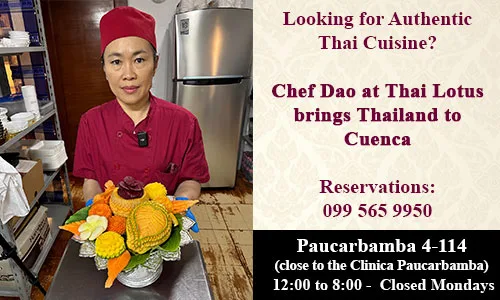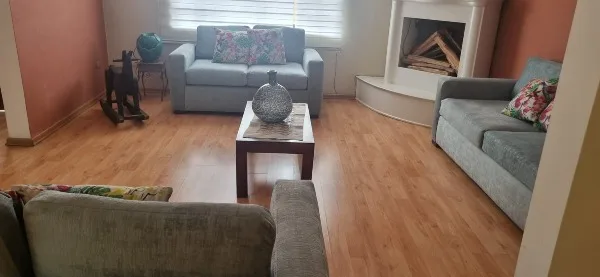Ecuador struggles to keep drug trade out of the country while activity increases in the jungle and northern coast
Although Ecuador has managed to keep most of the drug trade outside of its borders, there are increasing signs that it is making inroads along its northern border with Colombia and on the Pacific coast.
The dreaded Mexican drug cartels have allied with former paramilitaries and guerrillas in Colombia and frequently encroach across the border into Ecuador. Although the Revolutionary Armed Forces of Colombia (FARC) officially claims that it is not involved in the drug trade, overwhelming evidence suggests it is, mostly for the purpose of financing its military activity. In many cases, it appears that drug cartels have joined forces with FARC and use remote northern Ecuadorian jungle areas as drug collection and distribution sites.

A small submarine used for cocaine transport was captured by Ecuadorian Army forces in 2011 near Esmeraldas.
At the same time, the off-shore drug transporation route from Peru is using several Ecuadorian coastal cities to ply its trade. Manta, a port city of more than 200,000, has seen a spike in violent crime, including murder, and authorities say it is largely because of the drug business.
U.S. officials suspect the FARC control at least half of all cocaine production in Colombia, according to Colombian environmental journalist Malcom Alvarez-James. Alvarez-James says that the suspicion is that Sinaloa cartel kingpen Joaquin “El Chapo” Guzman, the most wanted drug trafficker in the world, is charge of much of the activity.
Ecuador has stepped up military presence in the border area in an effort to control drug acitivity, occasionally fighting pitched battles with FARC soldiers. In the past year, four Ecuadorians have died in the skirmishes.
On the coast, especially in the area from Manta to the Colombian border, evidence of drug transport activity is evident. Two submarines used to move cocaine have been captured since 2011 and many more have been spotted and chased by Ecuadorian Navy forces
The former commander of the Armed Forces of Colombia, General Carlos Alberto Ospina, says that Manta and Esmeraldas are particularly popular for traffickers because they are larger towns that can conceal drug business activity. “I think Ecuador is doing a good job controlling it but they must do more or cities like Manta could become major battlegrounds.”
Ospina says that even legitimate cargo ships that depart from Manta may be involved in cocaine shipping. “There is much work to do if Ecuador is to keep the drug trade out of its territory.”


















